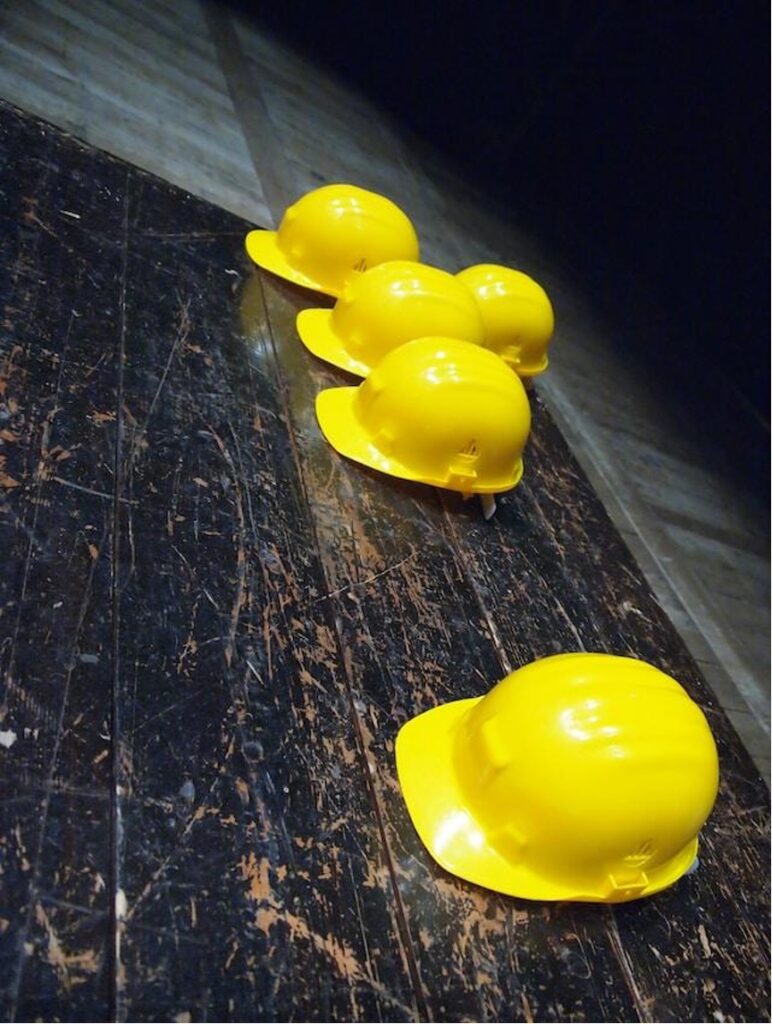
For many people, the idea of replacing the roof is a dreaded thought. Considering the increase in heavy storms and turbulent weather and overall wear and tear of the structure combined with high costs for replacing the roofing, many people do rely heavily on professional contractors to inspect their roofs for potential defects or damages more regularly.
Making repairs as incidents occur ensures the structure will endure a longer lifespan as opposed to neglecting these and replacing them much sooner. Those who routinely have inspections will still need to be mindful when warning signs to crop up that a replacement is inevitable. Find out if you should replace your roof at https://www.familyhandyman.com/list/should-i-replace-my-roof-here-are-21-things-to-consider/ and then check out these signs that you need a new roof.
- Moss is growing within the material
- Mold appears in the home or business
- The structure is sagging
- Damaged or cracked shingles are visible
- Leaking water is coming into the household or business
- The roof is roughly 25 years old
Also, if you’ve seen an incredible increase in utility costs but have not changed your usage, there could be air leaking through the roof causing energy inefficiency within the home. Where do you begin if it’s apparent you need to get a new roof? Let’s consider a few suggestions.
What Do You Do When You Realize You Need A New Roof
The recommendation is to have regular roof inspections at least annually but also after every heavy storm, particularly bouts of hail and heavy snow and ice. When you follow this advice, the suggestion is that you can extend your roof’s life, but that doesn’t mean your roof will last forever.
Suppose the roof is old, beyond 20 years; despite the inspections and maintenance, it will need to be replaced due to age and losing its structural integrity. When you don’t know where to begin, a professional roofing contractor specializing in replacements, like Lionheart Roofing, can guide you through the process. Let’s look at a few steps.
● The materials are a daunting choice
The varied types of roofing materials that roofers can use to replace a roof are vast. Technology has soared in only the last few years, with so many choices that were unavailable when original homes were built.
Traditional slate and asphalt are always favored selections. Still, a lot of homeowners are turning to metal with new metal that can resemble other materials offering an extended lifespan with greater energy efficiency.
The roof will likely be a once-in-a-lifetime change since they’re meant to last a couple of decades, so you need to ensure the material you choose is suited to the house’s needs, comfortability, efficiency and your taste, lifestyle, and preferences now and well into the future.

● A roof replacement is not a quiet undertaking
From the start, when you sign on for a roof replacement, it’s essential to understand that it will not be a quiet process. That means not just for you and yours but the community. It might be a good idea to warn neighbors of the impending work so they, too, can prepare for the ruckus.
Consider giving the staff the day to work from home or a holiday if it’s your business.
Another sound decision if you have children or small pets, it’s wise to have them stay with a relative or close friend since the commotion will make them anxious. You won’t be able to find a quiet spot in the home to help; it’s better to take them out of the scene. Read here how you’ll know it’s time to take this step.
● The price point should not be the primary consideration
When comparing roofing contractors, you will want to stick within a set budget, which is always a consideration when renovating or remodeling. Finding the cheapest contractor to do the job differs from sticking to a budget.
If you search for the person who offers the very lowest price and doesn’t take into consideration the quality of their work, you’ll likely get what you pay for.
Instead, another contractor comes prepared with pictures of their previous work, provides a written estimate, answers questions thoroughly without hurrying or rushing, and inspects the structure while there. This contractor will likely offer a quality project.
The price may be higher than the lowest bid, but the work will be right the first time and more likely to last your lifetime when well maintained.
